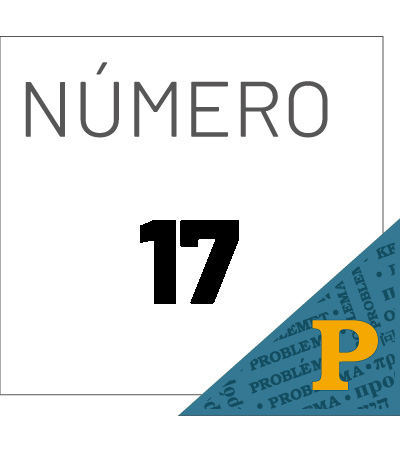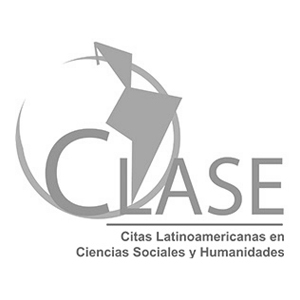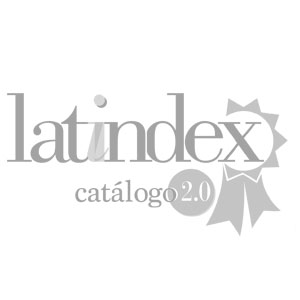The Citizenship Rights of Veracruz’s Roosters
The aim of this paper is to show that Mexico is leading the current trend of recognizing non-human animals as subjects of rights by acknowledging them citizenship rights. In the paper it is argued that a recent resolution by Mexico’s Supreme Court regarding a local legislation must be interpreted as conceding citizenship rights to the non-human animals living in the state where that legislation applies. The paper starts by discussing the context in which the relevant law was discussed and approved, and the judiciary actions taken against it. Then, it discusses the analysis and resolution carried out by the Supreme Court of the rights involved and the dynamics among them, the paper also includes a defense of this resolution. Furthermore, the paper argues that the protections established by this resolution must be interpreted, according to the contemporary academic theories regarding citizenship and animal rights, as rights and that these rights must also be interpreted as citizenship rights. The paper ends by replying to some objections and drawing some general conclusions.
Article Details
Use of Creative Commons (CC) licences
All texts published by Problema. Anuario de Filosofía y Teoría del Derecho, without exception, are distributed under the CC-BY-NC-ND 4.0 International licence, which allows third parties to use what is published, as long as they mention the authorship of the work and the first publication in this Anuario.
Accessibility to articles and other publications in whole or in part under the concept of copying, distribution, public communication, interactive access (via the Internet or other means), while explicitly acknowledging the author(s) and the journal itself (acknowledgement of authorship).
Please note that if articles are remixed, modified or fragments are used in other creations, the modified material may not be distributed, nor may versions be reconstructed from the original published articles (derivative works).
The use of the contents of the published articles, in whole or in part, for profit-making purposes (non-commercial acknowledgement) is prohibited.
See https://creativecommons.org/licenses/by-nc-nd/4.0/

This work is licensed under a Creative Commons Attribution-NonCommercial 4.0 International License.
References
Alexy, R. (2007). Teoría de la argumentación jurídica (p. 545). Palestra Editores.
Barak, A. (2012). Proportionality. Cambridge University Press.
Carens, J. H. (2013). The Ethics of Immigration. Oxford University Press.
Consejo Económico y Social de la ONU. (2010). Derecho de toda persona a participar en la vida cultural (artículo 15, párrafo 1 a).
Constitución Política de los Estados Unidos Mexicanos. (2021). Diario Oficial de la Federación, 354.
Donaldson, S. & Kymlicka, W. (2011). Zoopolis. Oxford University Press.
Dworkin, R. (1978). Taking Rights Seriously. The Oxford Handbook of Classics in Contemporary Political Theory (p. 368). Harvard University Press. https://doi.org/10.1093/oxfordhb/9780198717133.013.18
Francione, Gary. L. (2000). Introduction to Animal Rights: Your Child or the Dog? Temple University.
García, O. & Leonardo. R. (2018). Caso peleas de gallos: el derecho a la cultura y el club de la constitución. Nexos. https://eljuegodelacorte.nexos.com.mx/caso-peleas-de-gallos-el-derecho-a-la-cultura-y-el-club-de-la-constitucion/
Gobierno del Estado de Veracruz. (2016). Que reforma y adiciona diversos artículos de la ley de protección a los animales para el estado de veracruz de ignacio de la llave. Gaceta Oficial, 43, 9-17.
H. Congreso del Estado de Veracruz. (2016). Ley de Protección a los Animales para el Estado de Veracruz de Ignacio de la LLave.
H. Congreso del Estado de Veracruz. (2016). Versión estenográfica de la sesión extraordinaria del tercer periodo de sesiones extraordinarias del tercer año de ejercicio constitucional (pp. 1-129).
Habermas, J. (1996). Between Facts and Norms: Contributions to a Discourse Theory of Law and Democracy. The MIT Press.
Horta, O. (2017). Animal Suffering in Nature: The Case for Intervention. Environmental Ethics, 39(3), 261-279.
Kant, I. (1997). Lectures on Ethics. Cambridge University Press. https://www.researchgate.net/publication/269107473_What_is_governance/link/548173090cf22525dcb61443/download%0Ahttp://www.econ.upf.edu/~reynal/Civil wars_12December2010.pdf%0Ahttps://think-asia.org/handle/11540/8282%0Ahttps://www.jstor.org/stable/41857625
Mcmahan, J. (2015). The moral problem of predation. Philosophy comes to Dinner: Arguments about the Ethics of Eating (pp. 268-293). Routledge. https://doi.org/10.4324/9780203154410-23
Regan, T. (1983). The Case for Animal Rights. University of California Press.
Reyes Sáenz, Luis. (forthcoming). En las frontera del discurso sobre discriminación: el caso de los animales no humanos. In Enrique Camacho Beltrán & Luis Muñoz Oliveira (Eds.), Trato de sombras. UNAM.
Rønnow-Rasmussen, T. (2015). Intrinsic and Extrinsic Value. In Iwao Hirose & Jonas Olson (Eds.), The Oxford Handbook of Value Theory. Oxford University Press.
Singer, P. (1975). Animal Liberation. Harper Collins Publishers. https://doi.org/10.1017/CBO9781107415324.004
Suprema Corte de Justicia de la Nación. (2009). Amparo 1890-2009 (p. 103).
Suprema Corte de Justicia de la Nación. (2011). Amparo directo 11/2011.
Suprema Corte de Justicia de la Nación. (2018). Amparo en revisión 163/2018.
Suprema Corte de Justicia de la Nación. (2022). Amparo en revisión 80/ 2022.
ACNUDH. (1966). Pacto Internacional de Derechos Económicos, Sociales y Culturales, 1 [testimony of Unidas]. https://www.ohchr.org/SP/ProfessionalInterest/Pages/CESCR.aspx
United Nations Educational Scientific and Cultural Organization (UNESCO). (1978). Universal Declaration of Animal Rights. United Nations Educational Scientific and Cultural Organization (pp. 1 and 2). https://constitutii.files.wordpress.com/2016/06/file-id-607.pdf
Wayne, N., & Kymlicka, W. (2007). Citizenship. In R. G. Frey & C. Heath Wellman (Eds.), A Companion to Applied Ethics (pp. 210–223). Blackwell.



























